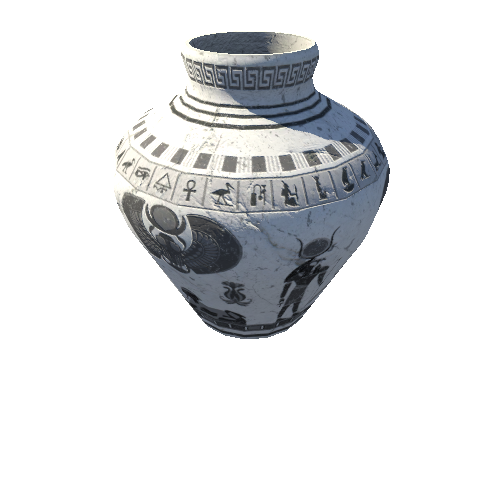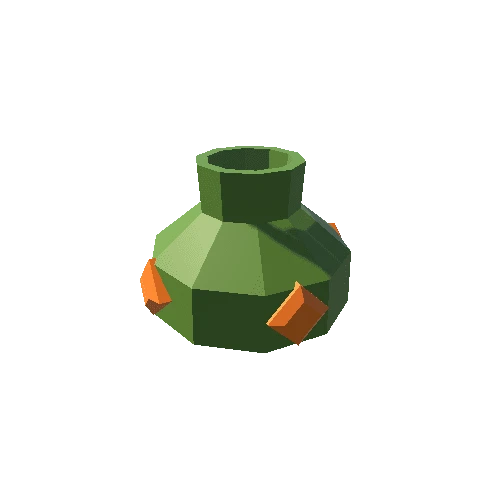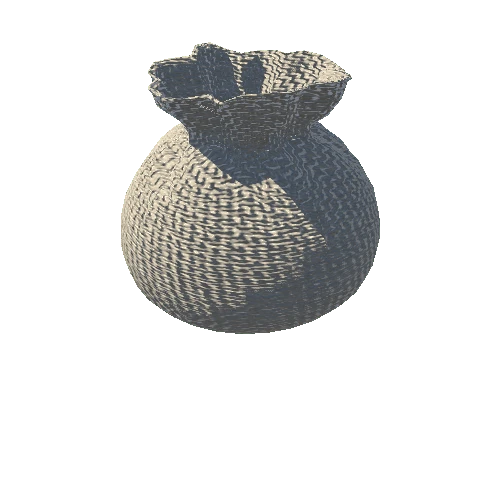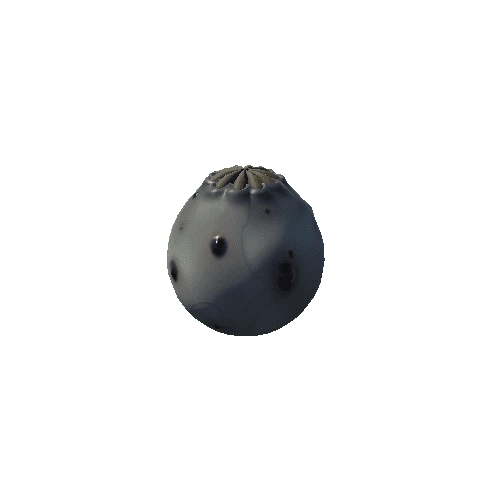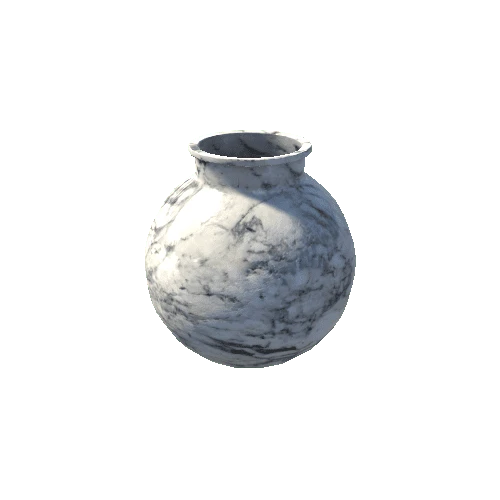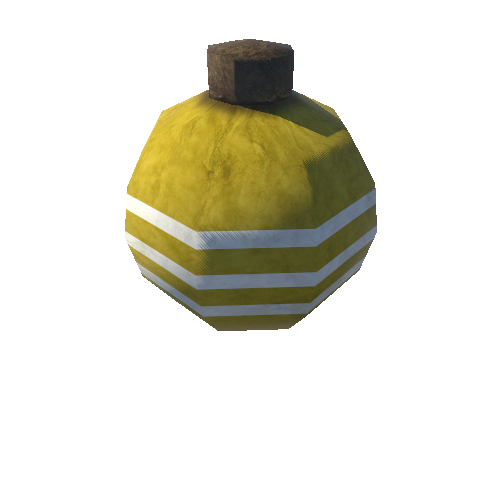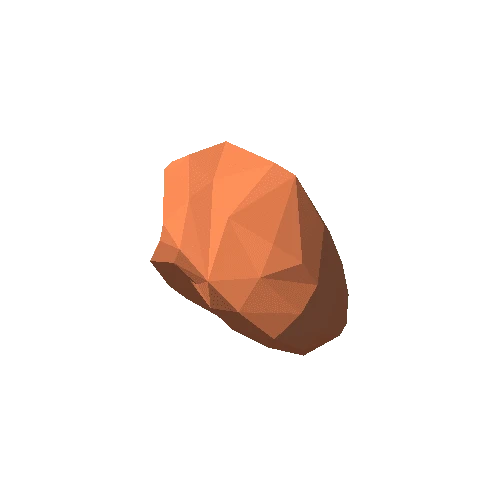Select or drop a image or 3D model here to search.
We support JPG, JPEG, PNG, GIF, WEBP, GLB, OBJ, STL, FBX. More formats will be added in the future.
Asset Overview
Please Note: The green coloration is a flaw in our scanner's cameras.
Plumbate pottery is a distinctive chronological marker of the terminal classic (800-1000 CE) and early postclassic (900-1200 CE) periods of Mesoamerica. Plumbate style pottery has been traced back to the Middle Classic period in the Sonconusco region. Plumbate is not glazed, it’s distinctive luster is characteristic of the clays manufacturing techniques, as analyzed by Anna O. Shepperd in 1948. Tohil style plumbates were characterized as effigies and figurines, like what is shown here. This style spread across much of Mesoamerica and Central America. The San Juan style plumbates were simpler bowls, jars, and cylinders.
Neff, Hector, and Ronald L. Bishop. “Plumbate Origins and Development.” American Antiquity, vol. 53, no. 3, 1988, pp. 505–522., doi:10.2307/281214.
Neff, Hector. “Production and Distribution of Plumbate Pottery: Evidence ...” Famsi, 2001, www.famsi.org/reports/98061/98061Neff01.pdf.
